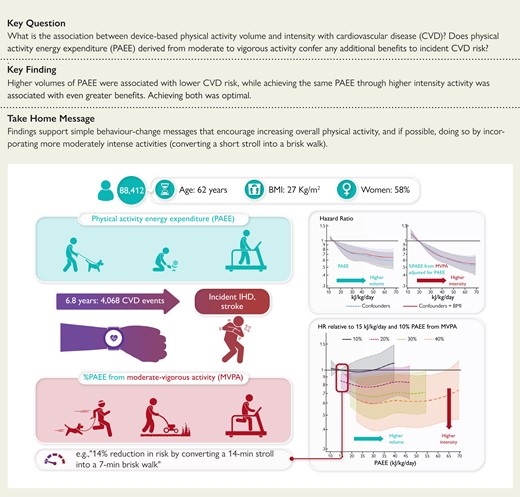Fernando Almaguer
Well-Known Member
I just read this study on high intensity excersize and increase CAC. What does this for bodybuilders and other athletes?
Is it something to even worry about?

 www.news-medical.net
www.news-medical.net
Is it something to even worry about?

Intense exercise encourages coronary artery calcification
A recent Circulation journal paper has focused on investigating the relationship between exercise volume and intensity and the progression of coronary atherosclerosis in middle-aged and older male athletes.



















